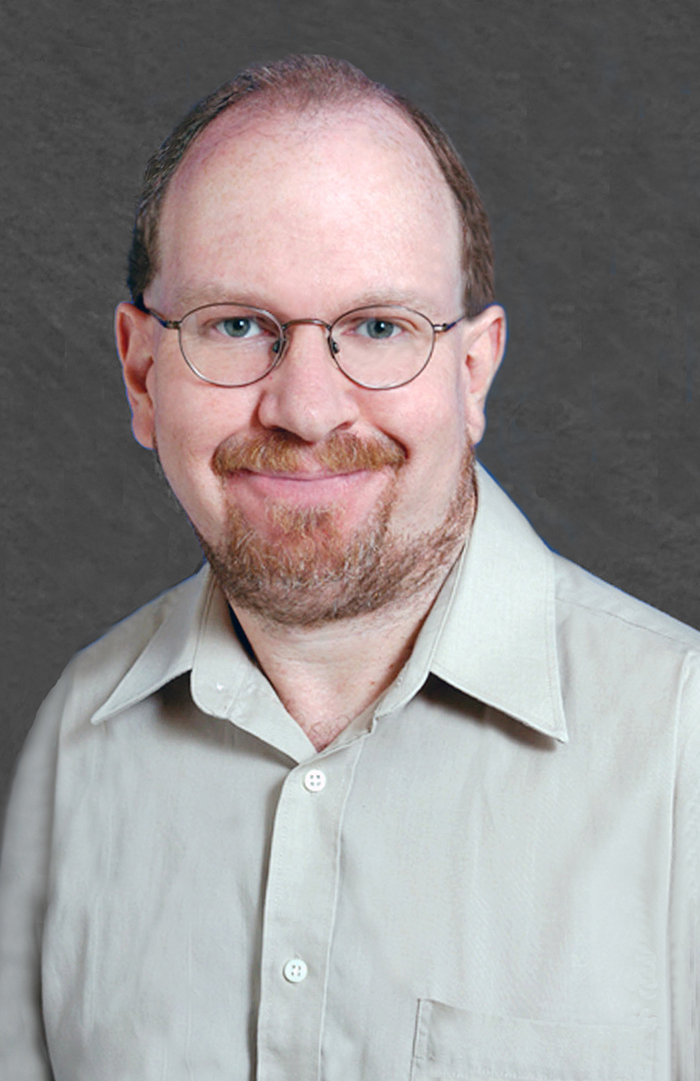UTEP Researcher Looks at Salty Dust
Last Updated on June 21, 2017 at 12:00 AM
Originally published June 21, 2017
By UC Staff
UTEP Communications
Thomas Gill, Ph.D., professor of Geological Sciences and Environmental Science and Engineering, will investigate the reactivity and halogen forming potential of saline dusts emitted from playa (dried lake bed) sediments. He’s collaborating on the research with Cassandra Gaston, Ph.D., assistant professor with the University of Miami, Rosenstiel School of Marine and Atmospheric Science.

Wind storms mobilize natural dust from saline playas (dry salt lakes), including many sites in the Borderland such as the Salt Flat Basin near the Guadalupe Mountains and the Lordsburg Playa in New Mexico. This dust can react with nitrogen oxides, air pollutants that are emitted by combustion sources. The chemical reaction is thought to release chlorine atoms, which are potent atmospheric oxidants.
The pair was awarded grants from the National Science Foundation and will measure the fundamental rate constants of real-world playa dust particles with nitrogen oxides to enable robust assessments of regional air quality impacts in salt playa regions such as the Chihuahuan Desert.
"Although there is only a tiny amount of chlorine and its related compounds in the atmosphere, it is believed to have effects on air quality and climate. Atmospheric chemists have generally assumed that this chlorine came from sea salt from the oceans,” explained Gill. “However, recent measurements have also shown increased chlorine in the air over some deserts far away from the sea, and we now believe it comes from dry salt lakes. This study, which will begin in Summer 2018, will test this hypothesis and investigate the impacts of 'continental chlorine' entering the atmosphere," said Gill.
The in depth analysis of the chemical and atmospheric conditions under which chlorine can be released from the saline playas will provide an understanding of these processes that could be implemented in chemistry-climate and air-quality models to make improved predictions and assessments.
Their research is scheduled to continue until 2020.